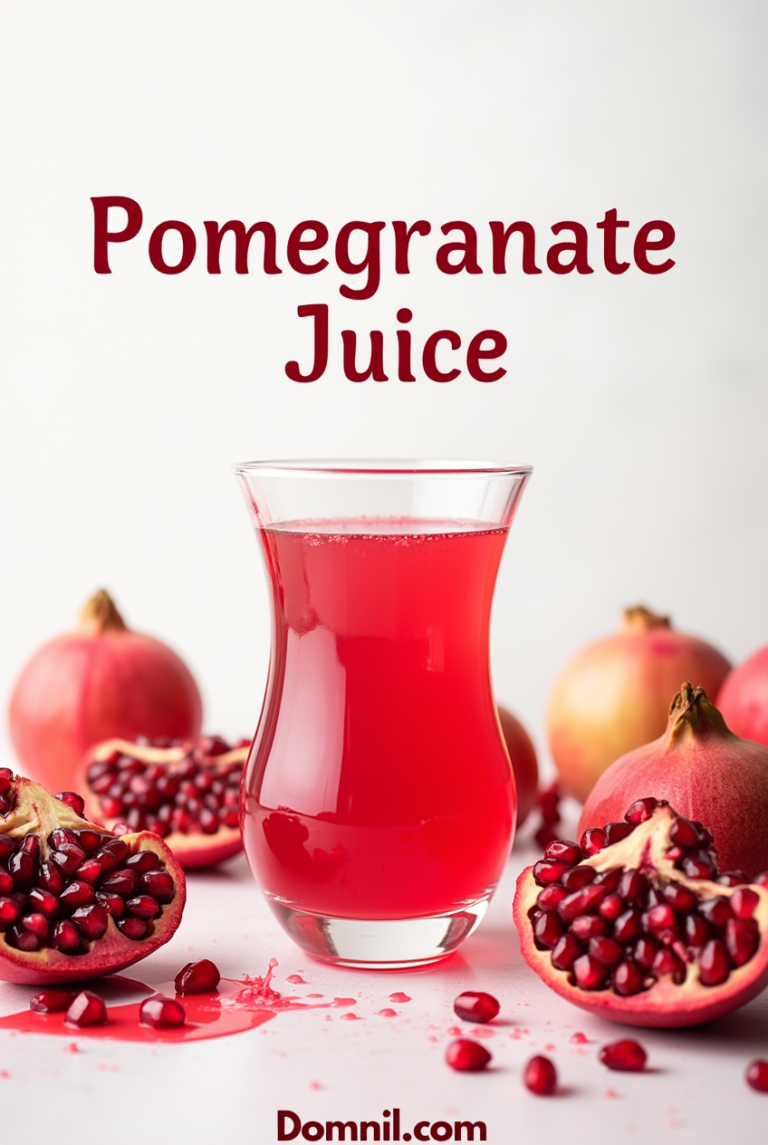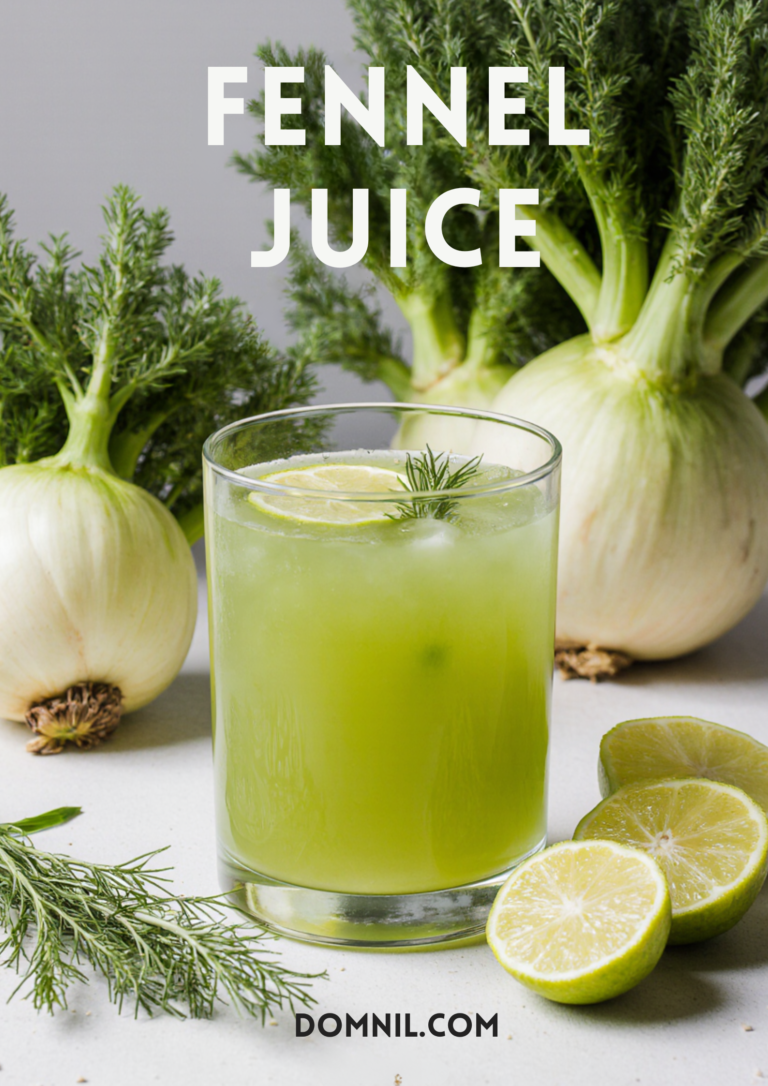Apple Cider Juice Recipe: A Healthy and Refreshing Homemade Drink
Discover the joy of making your own apple cider juice at home, a simple and healthy way to enjoy a refreshing drink. Rich in nutrients and antioxidants, apple cider juice is a great addition to a balanced diet.

Apple Cider Juice
This homemade drink is not only delicious but also packed with benefits, making it a popular choice for those looking for a healthy beverage option.
Key Takeaways
- Easy to make at home with simple ingredients.
- Rich in antioxidants and nutrients.
- A healthy addition to a balanced diet.
- Can be customized with additional flavors.
- Refreshing and perfect for any time of day.
The Rich History and Popularity of Apple Cider
The history of apple cider is as old as the cultivation of apples themselves, spanning thousands of years and numerous cultures. Apple cider has been a significant part of various traditions, particularly in autumnal festivals.
Origins of Apple Cider Throughout History
Apple cider originated in ancient times when apples were first domesticated. The process of making cider was simple: apples were crushed, and the juice was fermented. This method was used by ancient civilizations, including the Greeks and Romans.

apple cider history
Modern Popularity and Cultural Significance
Today, apple cider is enjoyed worldwide, not just for its taste but also for its health benefits. The resurgence of interest in organic apple cider juice has highlighted its potential benefits, including its role in digestive health and as a refreshing, healthy beverage choice.
The cultural significance of apple cider is evident in its presence at harvest festivals and its use in traditional recipes. As consumers become more health-conscious, the demand for organic apple cider juice continues to grow, reflecting a broader trend towards healthier eating and drinking habits.
Understanding Apple Cider Juice vs. Other Apple Drinks
With so many apple-based drinks on the market, it’s essential to understand their differences. Apple cider juice, in particular, is often confused with other apple beverages, but it has its unique characteristics.
Apple Cider vs. Apple Juice: Key Differences
Apple cider and apple juice differ significantly in terms of processing and content. Apple cider is typically less filtered and may contain pulp, giving it a richer flavor and more nutrients. In contrast, apple juice is often clearer and more processed.

cold-pressed apple cider juice
Hard Cider vs. Non-Alcoholic Cider
Hard cider is fermented, containing alcohol, whereas non-alcoholic cider is not fermented. The choice between them depends on personal preference and the occasion.
Store-Bought vs. Homemade Versions
Making homemade apple cider juice allows for control over ingredients and the freshness of the product. Cold-pressed cider, in particular, retains more nutrients. Store-bought versions may contain additives and preservatives, making homemade a healthier option.
Health Benefits of Apple Cider Juice
Apple cider juice is not only a refreshing drink but also a nutrient-rich beverage that offers several health advantages. Drinking natural apple cider juice can be a great way to boost your overall health.
Nutritional Profile and Vitamins
Apple cider juice is rich in vitamins and minerals, including vitamin C, potassium, and antioxidants. These nutrients play a crucial role in maintaining a healthy immune system and can help protect against various diseases.
Potential Health Advantages
The benefits of apple cider juice include its anti-inflammatory properties, potential to aid in digestion, and possible support for heart health. The antioxidants present in apple cider juice may help in reducing oxidative stress.

benefits of apple cider juice
Who Should Include Apple Cider in Their Diet
Individuals looking for a natural detox, those with certain dietary restrictions, and people seeking to improve their digestive health may find apple cider juice particularly beneficial. Incorporating natural apple cider juice into your diet can be a healthy choice.
Essential Ingredients for Perfect Apple Cider Juice
Crafting the perfect apple cider juice starts with choosing the right ingredients. The quality and combination of these ingredients will significantly impact the flavor, nutritional value, and overall enjoyment of your homemade cider.
Selecting the Best Apple Varieties
The type of apples used is crucial for making high-quality cider. A balance of sweetness, acidity, and tannins is necessary for a complex flavor profile.
| Apple Variety | Sweetness Level | Acidity Level | Tannin Level |
| Granny Smith | Low | High | Medium |
| Fuji | High | Low | Low |
| Golden Delicious | Medium | Medium | Low |
Optional Spices and Flavor Enhancers
To customize your cider’s flavor, consider adding spices or flavor enhancers. Cinnamon, nutmeg, and citrus zest are popular choices for adding depth and warmth.
Sweetener Options and Alternatives
For those who prefer their cider sweeter, various sweetener options are available. Honey and maple syrup are natural alternatives that can add unique flavors to your cider.
Equipment Needed for Homemade Apple Cider Juice
The right equipment is crucial for producing high-quality homemade apple cider juice.
Basic Kitchen Tools
To make apple cider juice, you’ll need some basic kitchen tools. These include:
- A juicer or blender to extract the juice from the apples.
- A strainer or cheesecloth to strain the juice and remove any sediment.
- A large pot for cooking down the cider, if desired.
Optional Specialized Equipment
For those who plan on making cider regularly, consider investing in:
- A cider press for more efficient juice extraction.
- Fermentation vessels if you’re interested in making hard cider.
Step-by-Step Apple Cider Juice Recipe
With a few apples and some basic tools, you can produce delicious apple cider juice right in your own kitchen. Making apple cider juice at home allows you to control the ingredients and the process, ensuring a fresh and healthy drink.
Preparation and Cleaning
The first step in making apple cider juice is preparing and cleaning the apples. Choose a mix of sweet, sharp, and bitter apple varieties to achieve a balanced flavor. Wash the apples thoroughly to remove any dirt, wax, or pesticides.
- Select 3-4 different apple varieties for a complex flavor profile.
- Rinse the apples under running water, then dry them with a clean towel.
- Remove any bruised or rotten parts to prevent contamination.
Cooking and Extraction Process
After preparing the apples, the next step is to cook and extract the juice. You can do this by either cold-pressing or using a juicer.
| Method | Description | Equipment Needed |
| Cold Pressing | A traditional method that involves crushing apples and then pressing them to extract juice. | Cold press or fruit press |
| Using a Juicer | A modern and quicker method that directly extracts juice from apples. | Juicer (electric or manual) |
Straining and Clarifying
Once the juice is extracted, it may need to be strained to remove any remaining pulp or sediment. You can use a cheesecloth or a fine-mesh sieve for this purpose.
Proper storage is crucial to maintain the freshness and quality of your apple cider juice. Store the juice in the refrigerator and consume it within a week. For longer storage, consider freezing the juice.
- Refrigerate the juice at a temperature below 40°F (4°C).
- Use airtight containers to prevent oxidation and contamination.
- Label the containers with the date to keep track of freshness.
By following these steps, you can enjoy fresh, homemade apple cider juice throughout the year. Whether you prefer it cold-pressed or made with a juicer, the key is to use fresh, high-quality apples and to store the juice properly.
Troubleshooting Common Issues When Making Apple Cider Juice
The journey to perfecting your apple cider juice recipe is often paved with troubleshooting. While making apple cider juice at home can be a straightforward process, some common issues may arise that can affect the quality and taste of your final product.
Dealing with Cloudy Cider
Cloudy cider can result from inadequate filtration or the presence of sediment. To clarify your cider, you can use a coffee filter or cheesecloth to strain it multiple times until you achieve the desired clarity. If you’re looking for a clearer cider, consider using a finer filter or allowing it to settle before straining.
Adjusting Sweetness and Flavor
The sweetness and flavor of your apple cider juice can be adjusted by selecting different apple varieties or adding sweeteners like honey. Experimenting with spices can also enhance the flavor profile. For those who prefer a sweeter cider, adding a natural sweetener can be a good option. If you’re interested in purchasing cider, you might wonder where to buy apple cider juice; consider checking local farmers’ markets or looking for organic apple cider juice at health food stores.
Preventing Spoilage
To prevent spoilage, it’s crucial to store your apple cider juice in a clean, sterilized container in the refrigerator. Consuming it within a week or freezing it can also help extend its shelf life. Proper handling is key to enjoying your cider for a longer period.
Fixing Texture Problems
- Check for sediment and strain again if necessary.
- Ensure proper mixing before serving.
- Consider pasteurization for longer shelf life.
Conclusion
Creating your own natural apple cider juice at home is a simple and rewarding process. By following the steps outlined in this article, you can enjoy a delicious and healthy beverage that’s perfect for any occasion.
With your homemade cider, you can experiment with different flavors and spices to create unique variations. Whether you’re looking for a refreshing drink or a healthy addition to your diet, natural apple cider juice is an excellent choice.
So why not give it a try? Gather your ingredients, follow the recipe, and start enjoying the benefits of homemade apple cider juice today. You can explore various apple varieties and flavor enhancers to create your perfect blend.
FAQ
What is the difference between apple cider juice and apple juice?
Apple cider juice is typically less processed and has a more robust flavor than apple juice. Apple cider juice is often cloudy and may contain sediment, whereas apple juice is usually clear and filtered.
Is apple cider juice healthy?
Yes, apple cider juice is a nutritious beverage that contains antioxidants, vitamins, and minerals. It has been associated with several potential health benefits, including anti-inflammatory properties and digestive benefits.
Can I make organic apple cider juice at home?
Yes, you can make organic apple cider juice at home using organic apples and a juicer or blender. This allows you to control the ingredients and ensure that your cider is free from additives and preservatives.
What are the best apples to use for making apple cider juice?
A combination of sweet, sharp, and bitter apples is ideal for making apple cider juice. Popular varieties include Granny Smith, Golden Delicious, and McIntosh.
How do I store homemade apple cider juice?
Homemade apple cider juice should be stored in the refrigerator to slow down fermentation and spoilage. It’s best consumed within a few days of making it.
Can I use a blender to make apple cider juice?
Yes, you can use a blender to make apple cider juice, but you’ll need to strain the mixture to remove the pulp and sediment. A juicer is a more efficient option for extracting juice from apples.
Where can I buy apple cider juice?
Apple cider juice is available at many health food stores, specialty grocery stores, and online retailers. You can also make your own at home using fresh apples and a juicer or blender.
What is cold-pressed apple cider juice?
Cold-pressed apple cider juice is made using a hydraulic press to extract the juice from apples without generating heat. This helps preserve the natural flavor and nutrients of the apples.
Can I add spices or sweeteners to my apple cider juice?
Yes, you can customize your apple cider juice by adding spices like cinnamon or nutmeg, or sweeteners like honey or maple syrup to taste.










